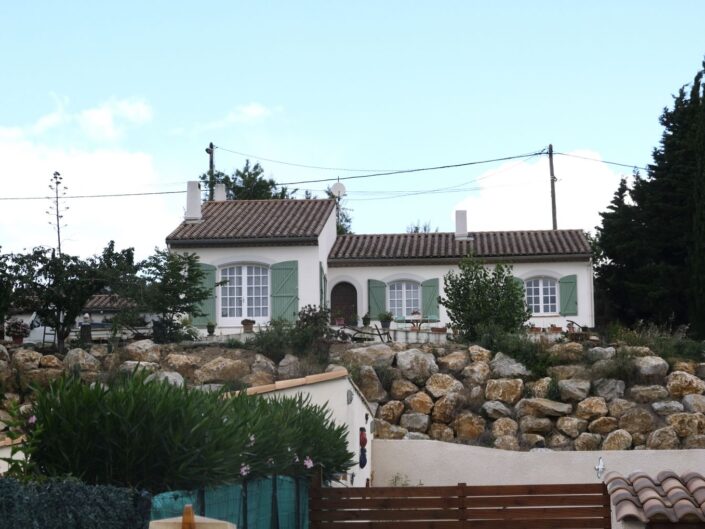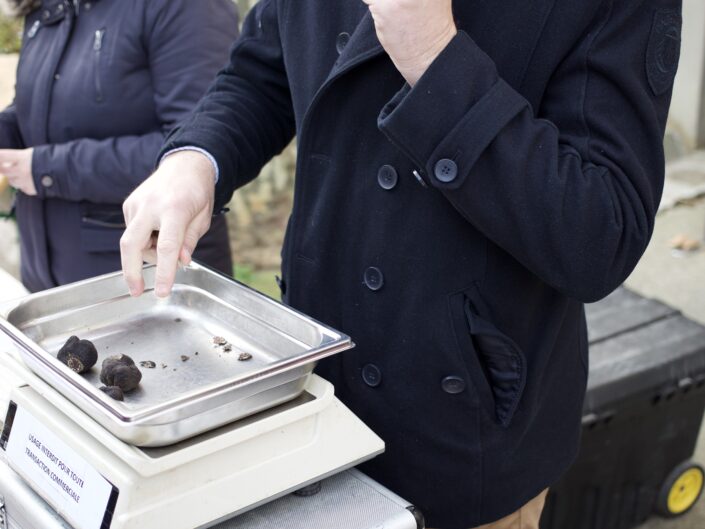Lionel Ormières, again in L’Independant, wrote in August 2022 about how the heat and drought were raising the risk of damage caused by wild boar (Ormières, 2022a). In his piece, Ormières points to the lack of water and food caused by the high temperatures that is pushing large numbers of boar to enter cultivated areas, especially vineyards. Hunters, who have a legal obligation to compensate farmers for damage caused by boar, fear that they will soon no longer be able to keep up their side of the contract. The article continues with stories from hunters and growers discussing how the boar population has proliferated and how boar eat large quantities of even unripe grapes in their search to quench their thirst.
In a separate article, Ormières (Ormières, 2022b) writes about how, while the population of boar has been growing for several years, the populations of rabbits, hare and partridge are diminishing. Boar are responsible for some of this decline, says Ormières, but the high temperatures of recent years have also played a part. In the same article, Serge Gaubert, a representative of the local federation of hunters, is reported as saying ‘Everything is ‘grilled’ and animals such as the hare, which is highly prized locally by hunters, find it more difficult to (find things to) eat’ (Ormières, 2022b)
These examples reflect my own observations of boar and other animals in my orchard and garden. While there are great expanses of ‘garrigue’ (wild areas referred to as ‘scrubland’ in English) and forest all around the village, boar, foxes, and badgers enter village gardens at night to forage for food. While they come all the year round, the boar are particularly present during the Summer when windfall fruit is lying on the ground from the end of June to mid-September. However, every year, in early August, the boar suddenly disappear for several weeks, apart from an odd, unexpected visit. My wine-growing neighbours tell me that this is when the boar begin to go into the vineyards to eat the ripening grapes that are now filling with juice. The boar return to the orchard as the grape harvest begins, nowadays a noisy affair owing to the use of mechanised harvesters (see figure 10 below), which frightens away the boar.

In March 2023, a local winegrower told me that on one night in August of 2022, a group of boar had entered his vineyards and devoured about 350 kgs of grapes, which I estimate to have been worth about
3, 500€ worth of wine. Grape-growing and winemaking are already felt to be precarious due to declining consumption in France, inflation affecting material costs, and climate change affecting production. Boar raiding plantations to eat grapes is galling for growers, but I suspect many of them may feel that boar invasions are the only one of the various factors negatively affecting them that they can personally do something about. They can shoot the boar or have them shot.















































Leave a reply